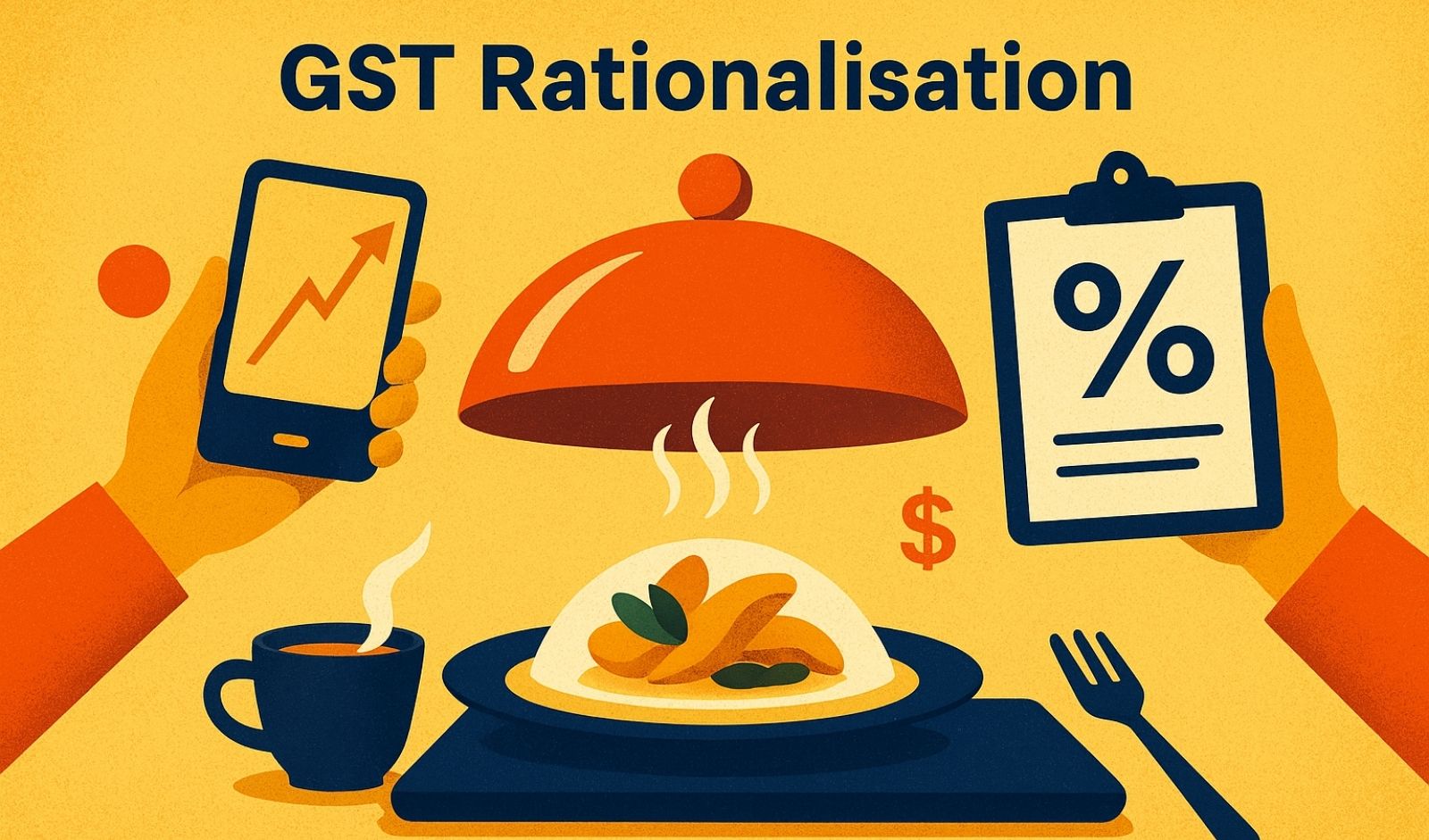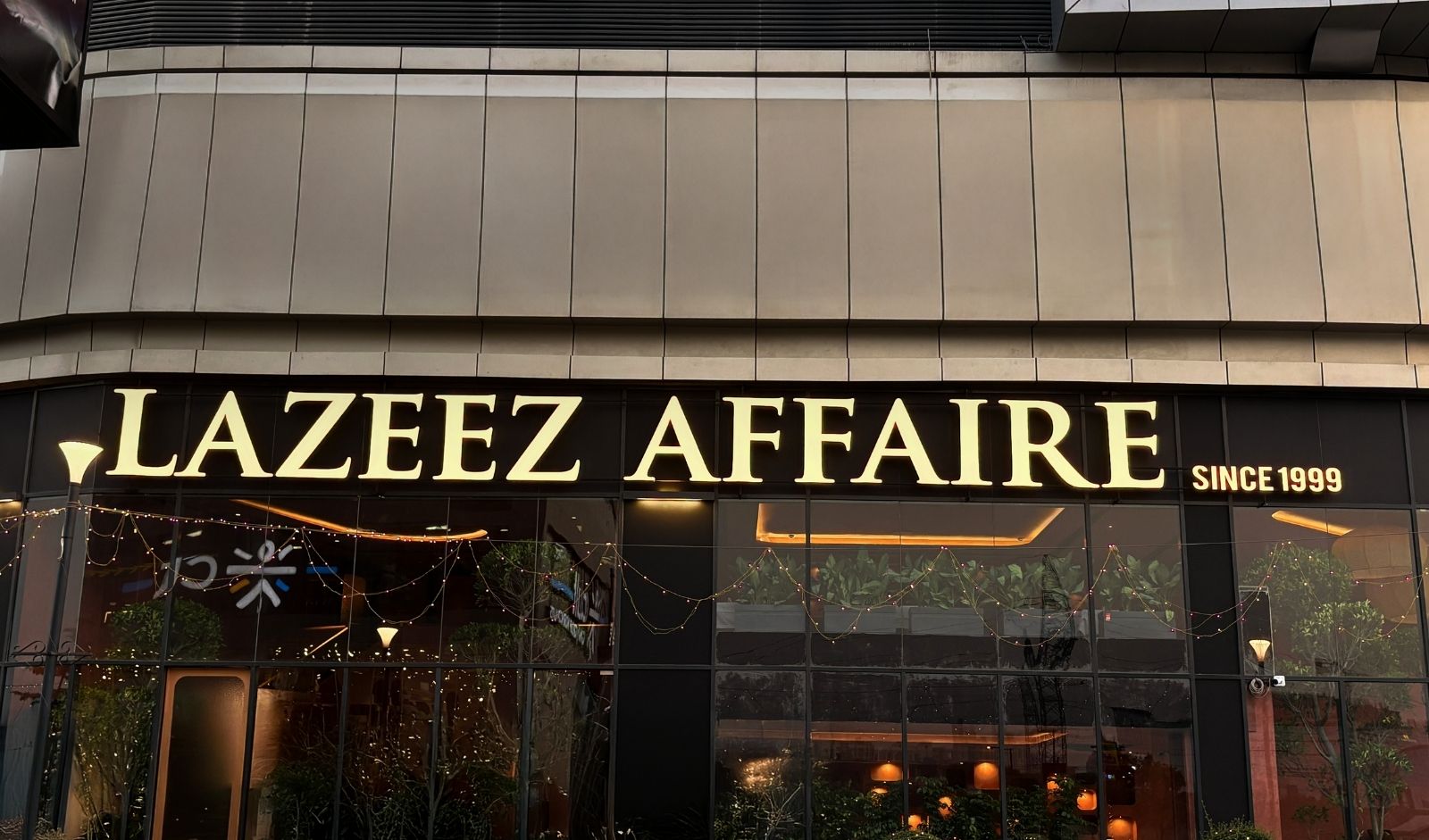
At the 58th GST Council Meeting, Finance Minister Nirmala Sitharaman introduced a streamlined tax structure that could significantly affect India’s food and beverage (F&B) sector. While sin goods such as tobacco, pan masala, and sugary drinks have been moved to a flat 40 percent GST slab, the bigger development for restaurants, QSR chains, and packaged food companies is the simplification of the broader tax regime.
The council has reduced the number of GST slabs to just two—5 percent for essential or basic goods and 18 percent for most other items and services. For the F&B industry, this shift means essentials such as soaps, toothpaste, and other consumer staples will get cheaper, freeing up household budgets and potentially increasing discretionary spending on dining out, takeaways, and food delivery.
Industry experts suggest that the move could boost demand in both urban and rural markets, especially for QSR brands, cloud kitchens, and packaged food startups that rely on volume sales. Simplified slabs are also expected to cut compliance burdens for operators, making pricing structures more transparent for cost-conscious consumers.
“The GST rationalisation represents an uplifting change for any startup or emerging brand in the F&B industry, as it promises an easier working life. Up until now, the multiplicity of tax slabs has posed serious troubles for the young entrepreneurs to construct a transparent price structure, to remain in compliance, and to contend with such buying customers who are cost-conscious. Two slabs with 5% for essentials and 18% for anything else enhance the clarity of choice when operating a new venture and deciding on product mix and expansion strategy. Greater transparency reduces compliance costs and gives confidence to investors in scalable F&B models. The product on a lower slab is beneficial for startups, as cheaper products create demand for QSR concepts, cloud kitchens, and packaged foods, whereas premium concepts purchase on the higher slab. Thus, by way of creativity, the reform empowers the ecosystem through ingenuity, credibility, and promising avenues of growth for entrenched players as well as burgeoning entrepreneurs,” said Simranjeet Singh, Director, CYK Hospitalities.
For restaurants, cafes, and cloud kitchens, the new GST system signals both opportunities and challenges. Essentials may become cheaper and drive demand, but operators in premium categories will still need to navigate the 18 percent slab. Ultimately, the reform brings much-needed clarity and could reshape business strategies in India’s fast-growing F&B sector.
Copyright © 2009 - 2025 Restaurant India.









